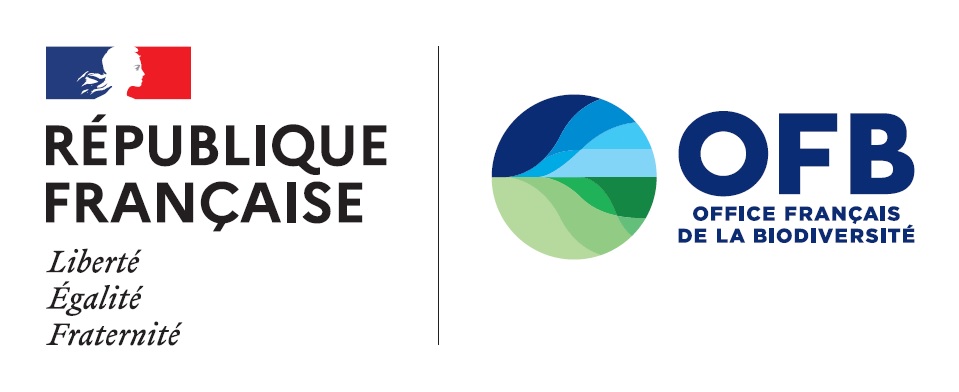All the English documents
These English part of the Agency Technical Portal only propose you translated and edited versions of collections publications or other documents. Here is the search in all these documents.
More resources are available on the French website.
Drinking-water abstractions and nonpoint-source pollution - n°10 | Meetings |
Protection of drinking-water abstractions from nonpoint-source agricultural pollution was already a major health issue 30 years ago and has today become an urgent regulatory problem. In parallel with the Water framework directive, which set goals for good water status by 2015, the Grenelle environmental agreement identified 500 priority abstractions for which action plans must be set up by 2012. The wide-ranging discussions produced a vast array of information on people’s experiences, technical solutions, opinions and questions. A review.
How should invasive species be managed in aquatic environments? - n°9 | Meetings |
Exotic crayfish, bullfrogs, Japanese knotweed, primrose willows… invasive species are one of the main pressures that ecosystems are subjected to. Objective of this seminar on the management of these species in aquatic environments? Provide 3 days for exchanging between the various stakeholders involved with these species, while also providing scientific and technical knowledge that can improve management practices.
Good status of aquatic environments based on the scientific concepts of ecological engineering - n°8 | Meetings |
The goal of this meeting was to shed new light on the issues involved in maintaining and restoring the quality of aquatic environments. The point was to take a new look at attaining good ecological status as defined by the European water framework directive (WFD) on the basis of ecological-engineering concepts, without undertaking a complete review of the methods used in this field.
River hydromorphology. A primer | Knowledge for action |
The authors introduce us to river hydromorphology, a scientific discipline that has come of age, and explain the geomorphological characteristics of rivers, from the riverbed itself to the floodplain, that create the major types of habitat on which aquatic and terrestrial species depend. In the process, it becomes clear that the good ecological operation of rivers and their corridors depends on maintaining and restoring the natural geodynamic processes and the resulting geomorphological characteristics.
Mesocosms: their value as tools for managing the quality of aquatic environments - n°7 | Meetings |
Mesocosms are artificial ecosystems used by researchers and industrial companies to study the long-term effects of chemical substances on the structure and operation of natural aquatic ecosystems. Could these experimental platforms be useful for managing the functioning of natural environments, notably for establishing environmental quality standards and developing monitoring tools? Are they sufficiently representative for use in setting regulations?








